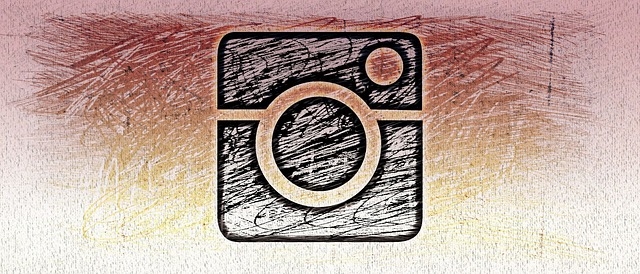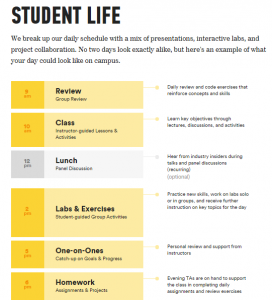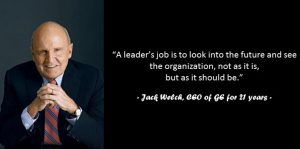— July 7, 2017

MIH83 / Pixabay
Have you ever received a generic comment on your Instagram post from someone you’re not friends with? What about a Twitter follow from a stranger who has none of the same interests as you? Peculiar, right? Well according to a recent blog post written by a guilt-laden influencer, these engagements could be the work of a social media bot.
What is a bot you ask? A bot is a an automated tool used to grow one’s social community. This is done by commenting and following other accounts through automation. As you can imagine, this way of gaming the system is frowned upon by many in the influencer marketing community, and is something Instagram takes very seriously – so much so that it can actually get you banned from the platform.
These bots are able to access the connection that allows them to communicate with the Instagram app – this is called Instagram’s API, and doing so is very much against their Terms of Use (Basic Terms, numbers 10 and 15).
The Rise and the Fall of the Bot
You might be wondering what brought on all these bots in the first place. Well, the answer is quite simple. Ever since Instagram added an algorithm that purported to show users relevant content based on“the likelihood you’ll be interested in the content” and “your relationship with the person posting and the timeliness of the post,” influencers who were once rocking the platform found themselves having to scramble to get their posts noticed, liked, and commented upon.
In the past couple of months, Instagram has caught on to this artificial way of inflating numbers and have made it a point to crack down on these so called bots — shutting down many of the most popular Instagram automation sites.
Leading with Authenticity
So are all influencers a fake? Of course not – most are truly are growing their content organically and have a large, loyal list of followers who enjoy watching and listening to their latest and greatest product picks and finds, DIY projects, recipes or travel adventures.
Many are what we consider to be micro-influencers who tend to have a greater engagement rate than the likes of celebrity influencers. Overall, influencers who care about their followers, the brands they help promote and their reputation are influencers that help these same brands develop long-term relationships with their consumers, create fantastic engagement and help move the needle forward.
The real truth is that influencer marketing is booming and is projected to be a $ 5-10 billion market by 2020. Brands are seeing results from influencer marketing campaigns and have been able to build more authentic relationships with their consumers because of it.
So instead of getting scared away, get smart. Here’s how you can steer clear of phony influencer numbers and run an influencer marketing campaign that truly impacts your brand.
4 Things To Look For When It Comes To Influencer Marketing:
- Go Back to the Basics – Look for influencers who consistently post about things that really resonate with their followers and aren’t constantly using #ad in every post. Are they getting comments, likes, shares?
- Look at influence, not numbers– Ask potential influencers, or influencer agencies, for metrics specifically around their user engagement and influencer reach
- Go Micro– Number wise, a micro-influencer has between 1,000-50,000 followers on social media. Although they are still thousands (if not millions) of followers away from that of a celebrity influencer, they actually tend to drive stronger engagement on their posts.
- Do your agency homework- Look for influencer agencies that don’t treat their influencers like a commodity. The truth is that influencer marketing is more art than science. Yes, certain pieces of software can help to identify influencers who fit a certain demographic, but there is so much missing from the equation if software is the agencies only go-to for your influencer marketing needs.
Digital & Social Articles on Business 2 Community
(135)
Report Post





